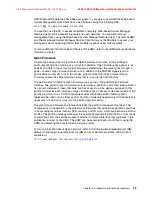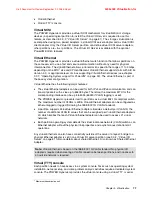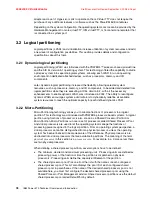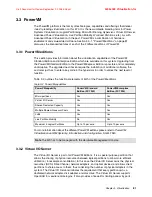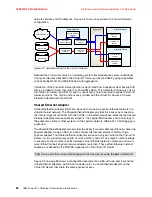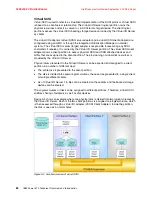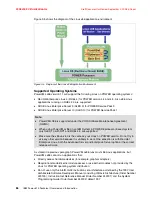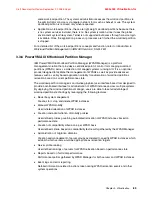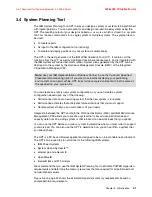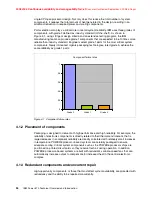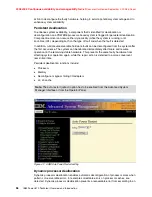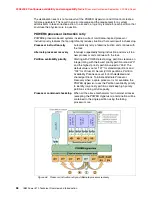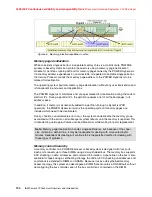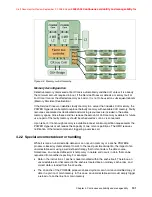
Chapter 3. Virtualization
87
Draft Document for Review September 2, 2008 5:05 pm
4405ch03 Virtualization.fm
Do not run correctly on Red Hat Enterprise Linux 4 starting with version 4.3 or Novell
SUSE Linux Enterprise Server (SLES) 9 starting with version SP3 or Novell SLES 10;
Are x86 Linux specific system administration or configuration tools.
For more information about PowerVM Lx86 please refer to
Getting started with PowerVM
Lx86
, REDP-4298.
3.3.4 PowerVM Live Partition Mobility
PowerVM Live Partition Mobility allows you to move a running logical partition, including its
operating system and running applications, from one system to another without any shutdown
or without disrupting the operation of that logical partition. Inactive partition mobility allows
you to move a powered off logical partition from one system to another.
Partition mobility provides systems management flexibility and improves system availability:
Avoid planned outages for hardware or firmware maintenance by moving logical partitions
to another server and then performing the maintenance. Live partition mobility can help
lead to zero downtime maintenance because you can use it to work around scheduled
maintenance activities.
Avoid downtime for a server upgrade by moving logical partitions to another server and
then performing the upgrade. This allows your end users to continue their work without
disruption.
Preventive failure management: If a server indicates a potential failure, you can move its
logical partitions to another server before the failure occurs. Partition mobility can help
avoid unplanned downtime.
Server optimization:
– You can consolidate workloads running on several small, under-used servers onto a
single large server.
– Deconsolidation: You can move workloads from server to server to optimize resource
use and workload performance within your computing environment. With active
partition mobility, you can manage workloads with minimal downtime.
Mobile partition’s operating system requirements
The operating system running in the mobile partition has to be AIX or Linux. The Virtual I/O
Server logical partition hat to be at least at the 1.5 release level. However, the Virtual I/O
Server partition itself cannot be migrated. The operating system must be at one of the
following levels:
– AIX 5L V5.3 with 5300-07 Technology Level or later
– AIX V6.1 or later
– Red Hat Enterprise Linux Version V5.1 or later
– SUSE Linux Enterprise Services 10 (SLES 10) Service Pack 1 or later
Previous versions of AIX and Linux can participate in inactive partition mobility, if the
operating systems support virtual devices and IBM System p POWER6 processor-based
systems.
Source and destination system requirements
The source partition must be one that only has virtual devices. If there are any physical
devices in its allocation, they must be removed before the validation or migration is initiated.

